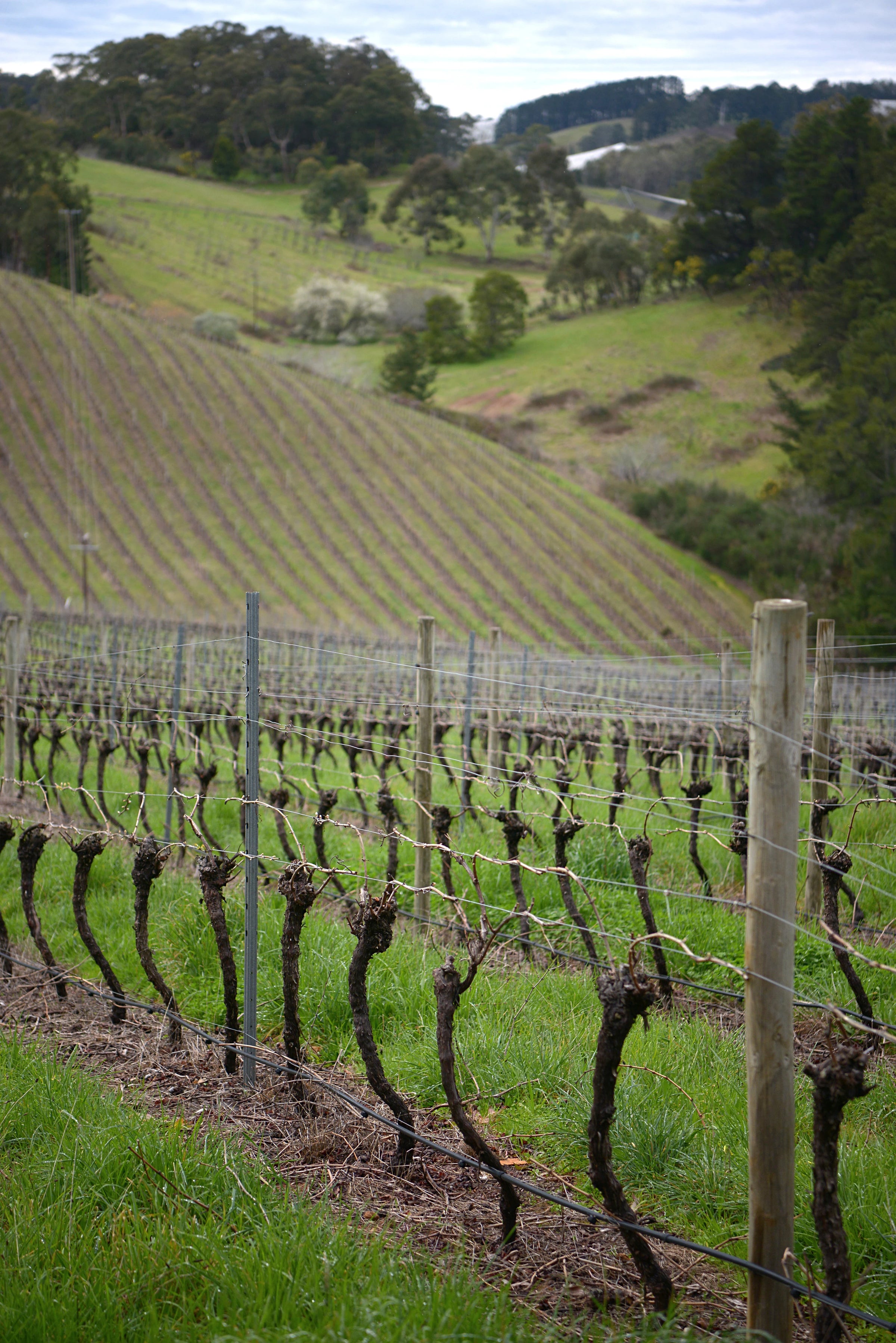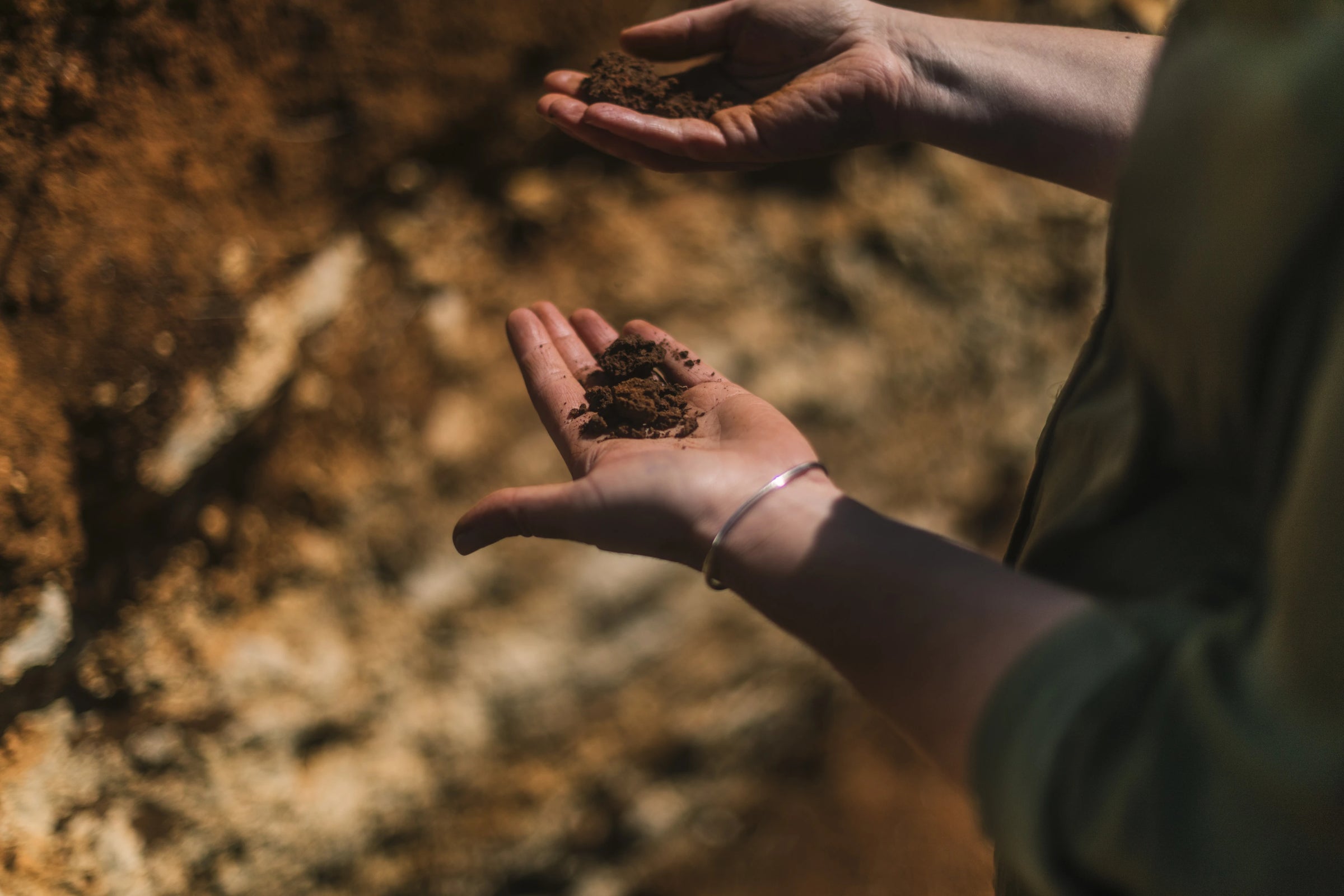If it wasn’t for last year’s success of Powell & Son’s Shiraz, this G-S-M would be nonexistent—at least here and now, anyway. Today’s profoundly opulent 2017 still hasn’t seen a large-scale release and what little does exist on the market has yet to be gobbled up by critics. But take a brief look at the glowing reviews of vintages past, while factoring in our endorsement of this one, and I can assure history will repeat itself. I truly do struggle to name another G-S-M blend, no matter the region, that can stand shoulder-to-shoulder with the towering likes of Powell & Son. There’s a reason perfect and/or dangerously high scores follow David Powell closer than his own shadow and if you’re still uninformed as to why, sit up straight and sharpen your pencil because school is in session…
In the early ‘90s, Powell founded Torbreck and launched it into international stardom, leading Robert Parker to (1) label it one of the “World's Top 100 Wine Estates” and (2) crown it with a number of elusive triple-digit scores. All this, it seems, was just the massive buildup for his next reveal. In 2014, David and his son, a brilliant understudy of the Jean-Louis Chave, began creating small-batch reds under a new, self-started label and their rise was meteoric. In record time, every reliable critic worth their salt idolized these luxurious, elegantly spun, terroir-driven reds, and their Grenache-Syrah-Mataro is no exception. If this name isn’t yet rapidly flashing on your radar, you’re running out of time: Powell & Son has entered the world stage and is mounting the podium. This is the new dawn of a legendary superstar!
You don’t have to look far to see that Torbreck garners some of the greatest critical acclaim of any producer in Australia, which extends to all other legitimate winemaking countries. A former lumberjack, David Powell set out to craft world-class wines (and achieved it) from the get-go, and with it came prized vineyards and myriad grower-winemaker friendships. His bloated rolodex confirms his decades of experience, of which he fully put to use when launching Powell & Son several years ago.
David and his son, Callum, specifically focus their work in the valleys of Barossa and Eden. These historic regions are home to seriously ancient vines—many are well beyond the century mark—that have been scrapped over by high-profile names for decades. Many of the sites selected and cultivated by David are the same ones he injected life back into years ago, so, to him, it’s more than a vine producing grapes. He’s watched them grow up right before his eyes!
Predominantly Grenache with equal portions of Shiraz (Syrah) and Mataro (Mourvèdre) from the world-famous Barossa Valley, each parcel is organically farmed and harvested by hand. The grapes fermented separately in concrete vessels before each site-specific wine was transferred into a couple of 2300-liter French foudres. After 15 months, the barrels were married and today’s stunning creation was born. Bottling occurred without filtration.
Powell & Son’s top-of-the-line, single-vineyard bottlings of Syrah and Grenache fetch near-perfect scores and prices ($600+) on par with Chave Hermitage and Rayas, but today’s G-S-M blend is about a dozen times less expensive, despite largely coming from the same high-end sites and being farmed/crafted nearly identically. What I’m saying is that this is a veritable steal! With 60% Grenache leading the charge, the wine blasts out massive, ultra-sublime aromas from the loudspeakers: kirsch, black raspberry liqueur, and ripe red plum before Syrah and Mataro jump into the mix with luxurious notes of dark brambleberry, cassis, candied violets, Damson plum, licorice, wild herbs, eucalyptus, scorched earth, olive tapenade, smoked meat, black pepper, and cloves. It’s heady, explosive, luxurious, and layered with silky, high-toned fruit that dances across your palate en pointe. There are no plodding footsteps or feet-dragging to this wine—it’s full-bodied and powerful, yes, but ultimately soulful and impressive elegant. It’s near impossible not to drink a bottle or two now, so decant for 30-60 minutes and savor in large Bordeaux stems. Feel free to preserve your others for consumption throughout the next decade. Cheers!




